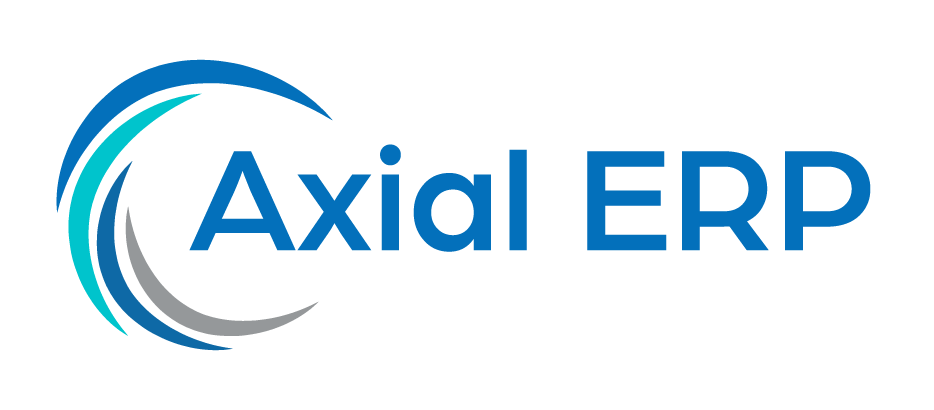Bridging the Gap: Seamless Integration of ERP with Legacy Systems
Integrating enterprise resource planning (ERP) systems with legacy systems is a crucial challenge faced by many organizations today. Modern ERP systems offer a range of benefits, from process automation to real-time data collection, but integrating these systems with legacy infrastructures can be a complex task. In this article, we will explore how organizations can achieve seamless integration, overcoming technical and strategic obstacles to create a unified and efficient IT ecosystem.
Understanding Legacy Systems
Before addressing integration, it is essential to understand what legacy systems are and why they pose a challenge. Legacy systems are those that have been in use for a long period and have become crucial to a company’s daily operations. Often, these systems are built on outdated technologies that do not easily integrate with new software solutions.
Benefits of ERP Integration with Legacy Systems
Integrating an ERP with legacy systems can bring numerous benefits, including:
- Improved operational efficiency
- Reduced errors and data duplication
- Enhanced visibility and data analysis across the enterprise
- Increased business agility
Integration Challenges
The challenges of integrating ERP systems with legacy systems include:
- Technological incompatibility
- Organizational change resistance
- Integration and maintenance costs
- Data security and compliance
Strategies for Successful Integration
To overcome these challenges and achieve successful integration, it is necessary to adopt a series of strategies, including:
- Thorough evaluation of existing systems
- Careful planning and design of integration
- Selection of appropriate technology and tools
- User involvement and training
- Rigorous testing and phased deployment
Tools and Technologies for Integration
There are several tools and technologies that can facilitate the integration of ERP with legacy systems, such as:
- Middleware and data integration platforms
- Application programming interfaces (APIs)
- Web services and service-oriented architecture (SOA)
- Data migration and synchronization tools
Case Studies and Best Practices
We will analyze various case studies that illustrate how different organizations have approached the integration of ERP with legacy systems, highlighting best practices and lessons learned in the process.
Conclusion
Integrating ERP with legacy systems is an essential step towards digital transformation. Although it presents significant challenges, a well-planned strategy and the choice of appropriate tools can result in successful integration that brings long-term value to the organization.



